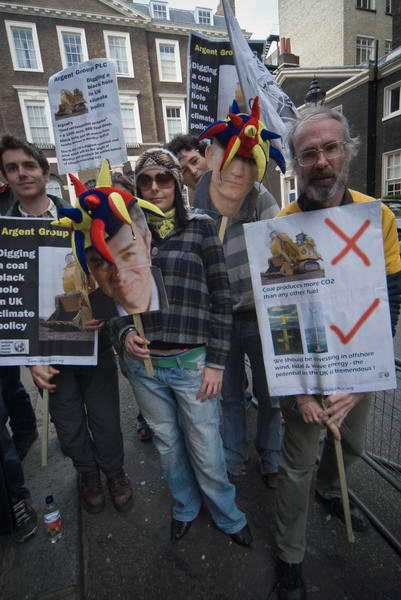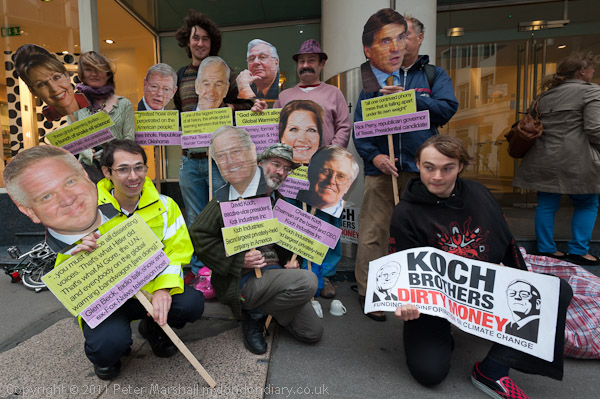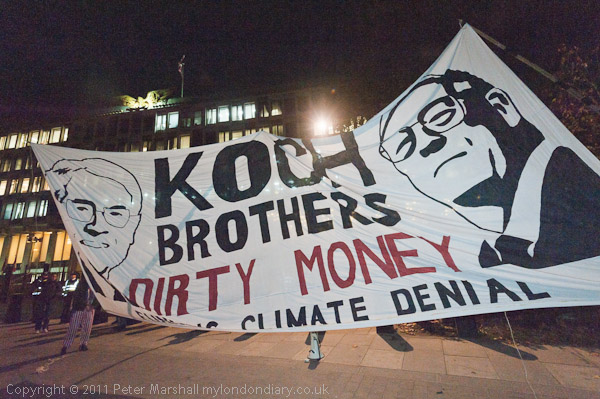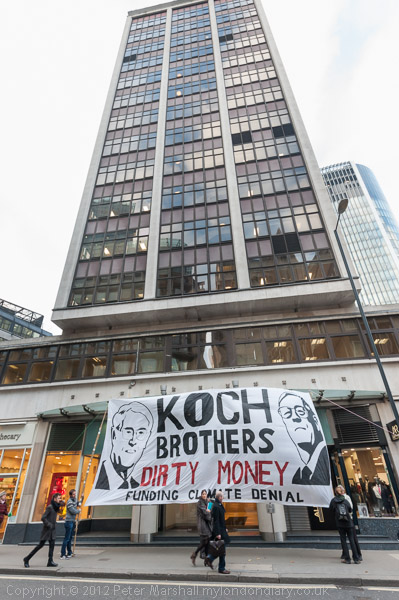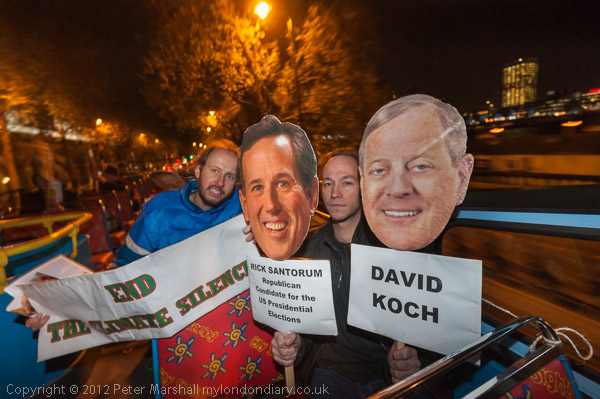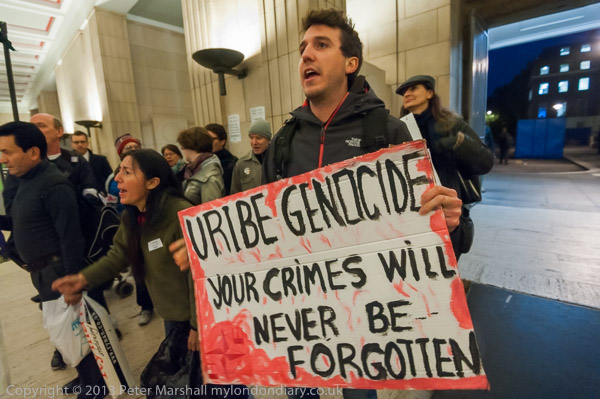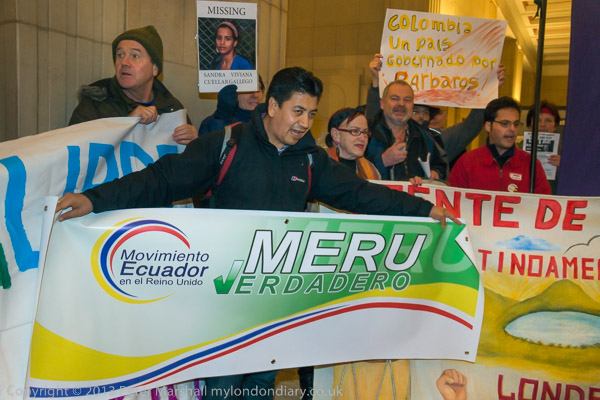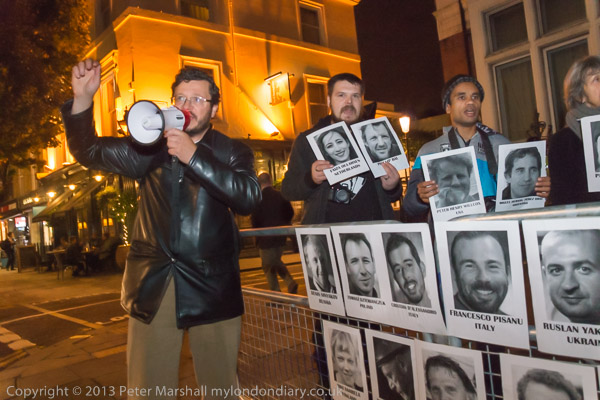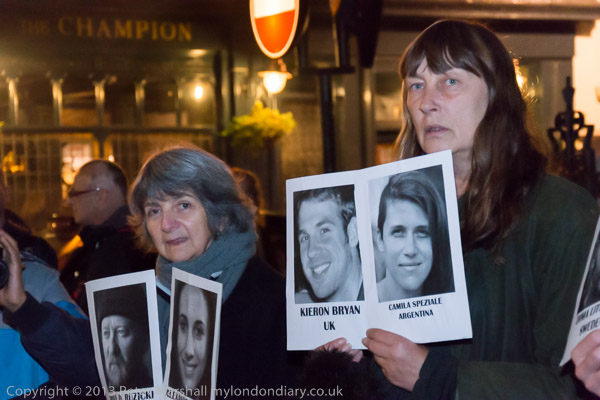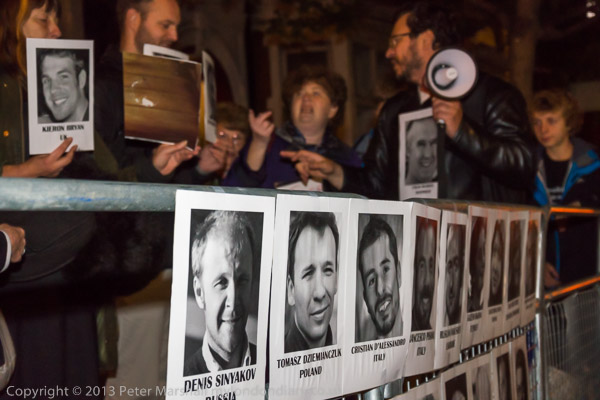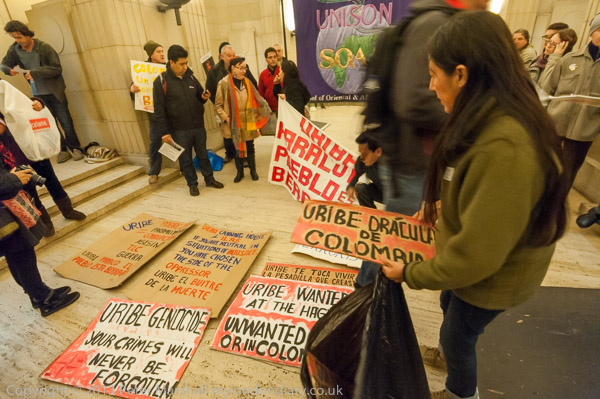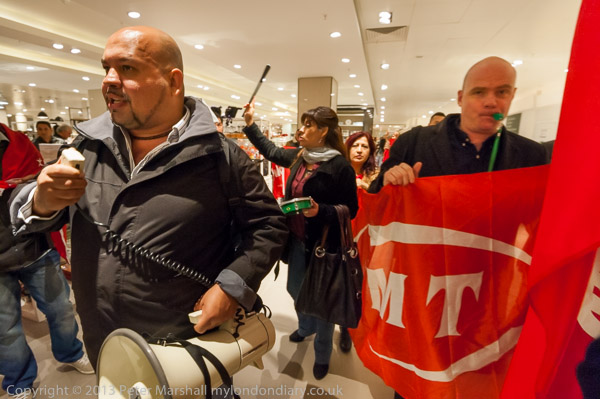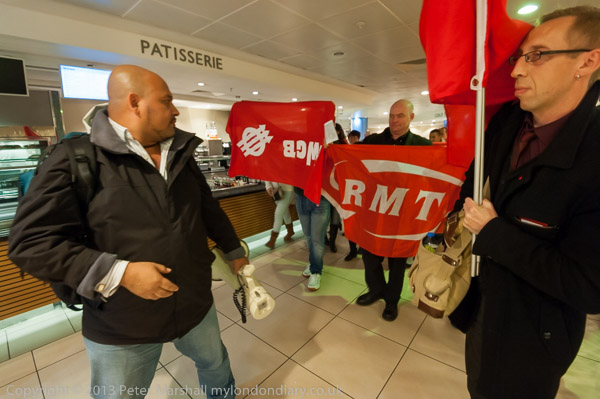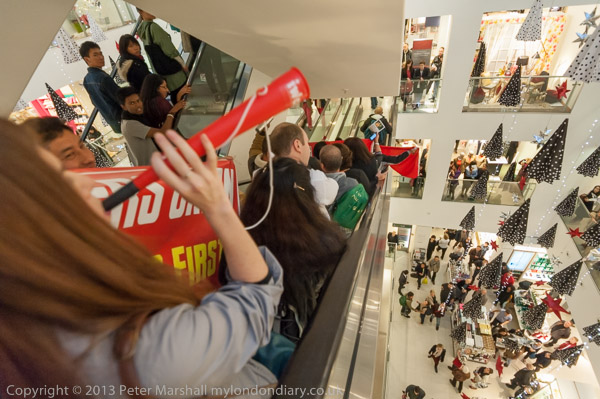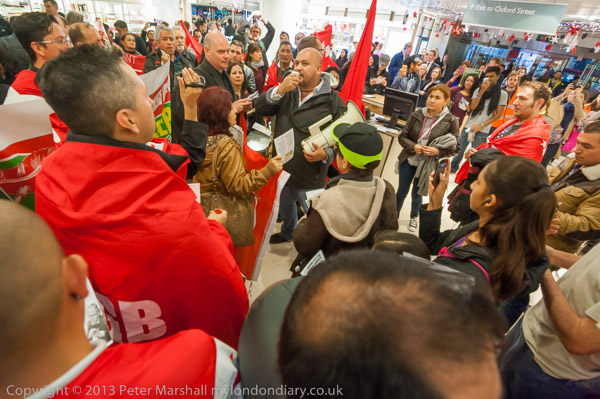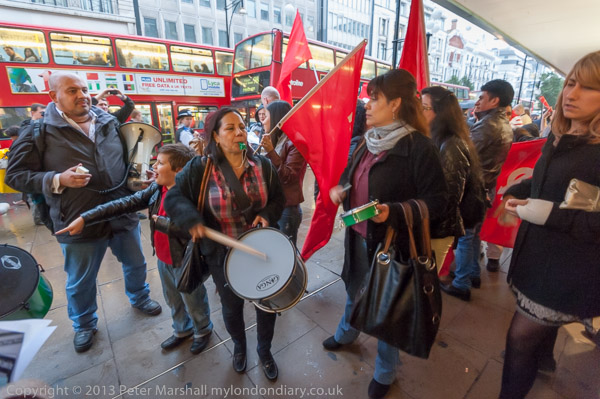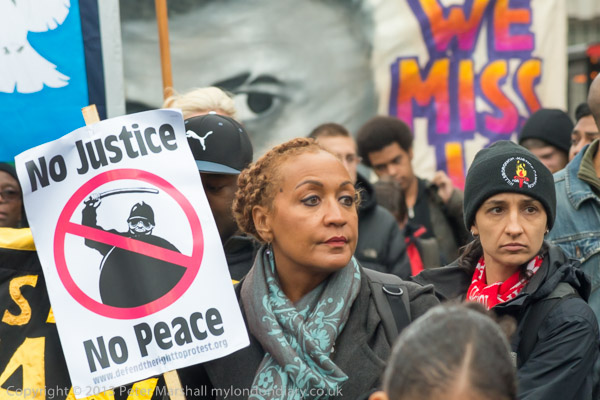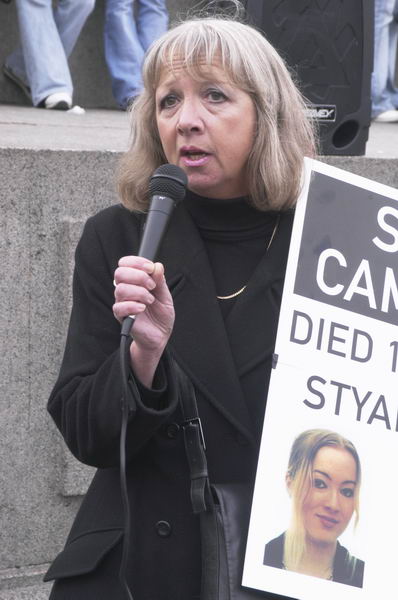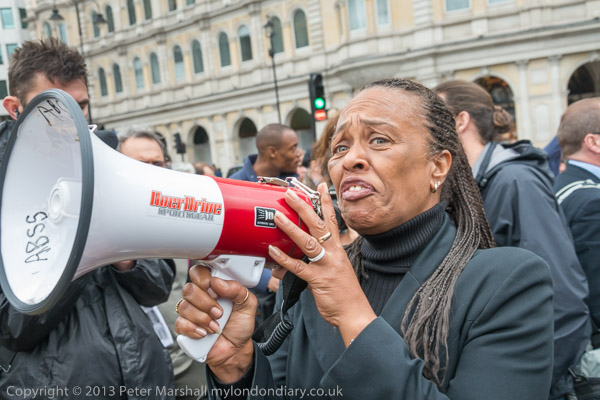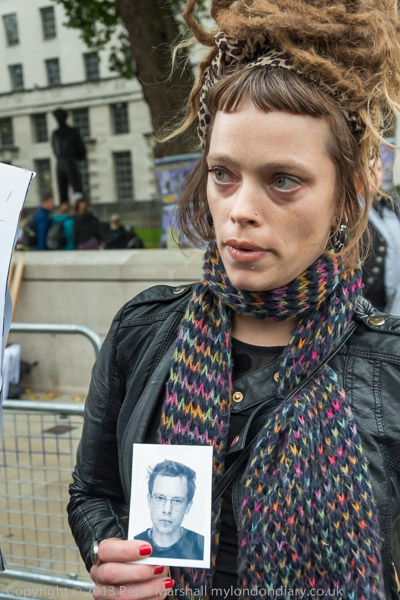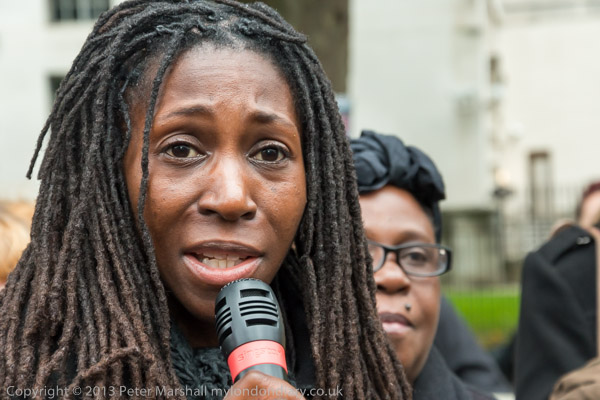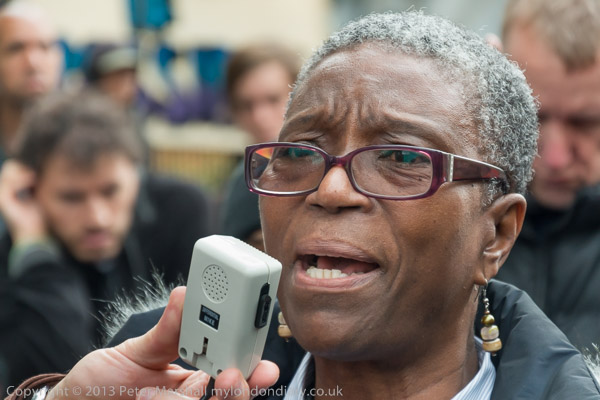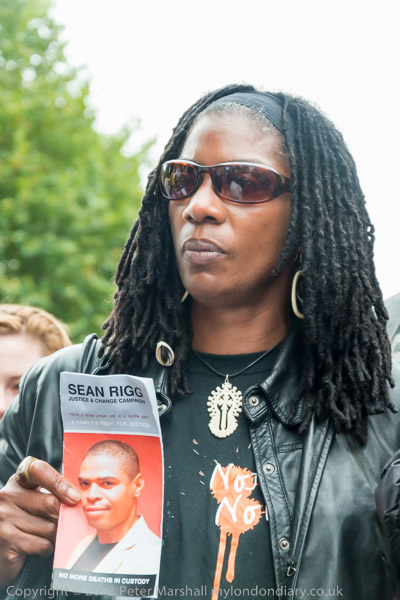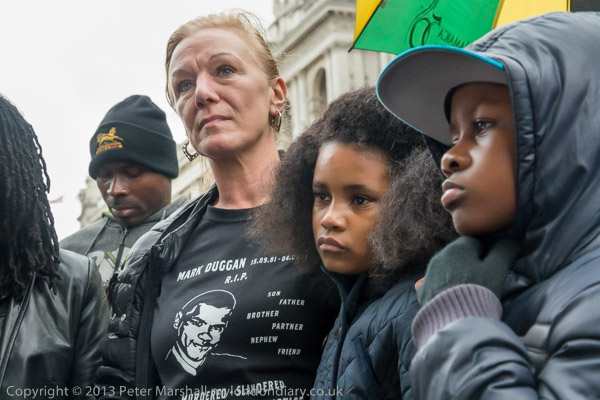I rather like the zombies. Not that they are cuddly, but there are nice contradictions inherent in the idea and execution and I think it’s a pretty harmless bit of fun that adds colour to the season.
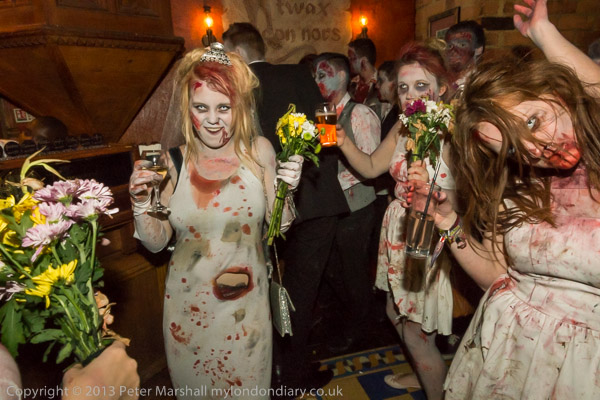
Zombies are of course with us all year, but they come out onto the streets mainly around Halloween, though it has none of the religious significance of the Mexican Day of the Dead celebrations which I’d love to see. If only we had these in London. Well, being the most multicultural city in the world, probably we do, and perhaps writing this will get me an invitation for next year!
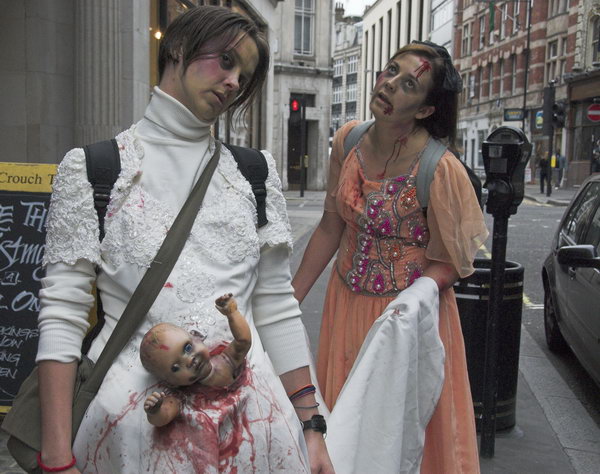
I first met the Zombies in 2006, when their meeting place was the Ben Crouch pub, named and gothically themed after the infamous London bodysnatcher who ran a very effectively enforced monopoly of illegal supply of corpses to the surgeons of Barts and other London hospitals almost 200 years ago. It was a curious place I’d visited a few times before, though best avoided on the 2nd Thursday of each month when it was the haunt of the London Vampire group. Though it looked like a cheap plastic horror-movie set and served cocktails in steaming test-tubes it also had a couple of reasonably priced (for the area) real beers on the hand pumps, and was a handy from the even faker and more hellish commerce of Oxford St.
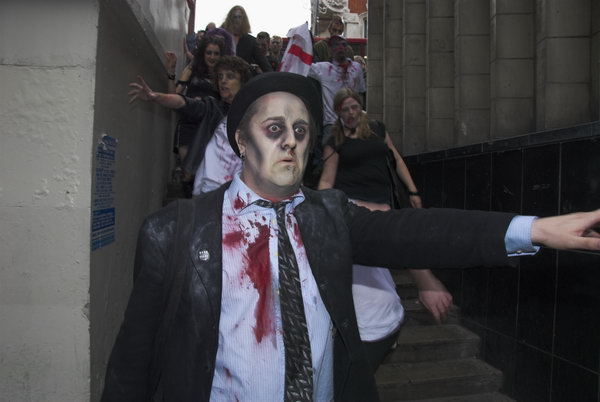
It was here that London’s third annual ‘Crawl Of The Dead’ was due to start, though not before we had time for a little (or in some cases rather a lot) of refreshment. They staggered out and made their way to Oxford St, where the zombies were considerably more lifelike than the shoppers, so intent on consuming that the staggering bloodstained group screaming for brains hardly caused a single head to turn.
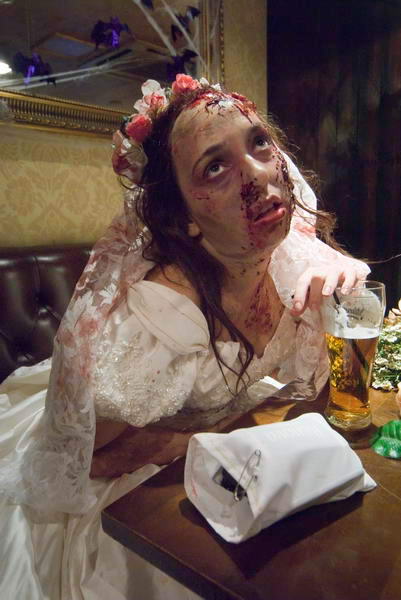
In 2009, the Ben Crouch was converted to an entirely unmemorable ‘gastro pub’, and after a single visit I was clear I would never darken its doors again. I doubt the vampires would still be welcome, perhaps preferring the ‘London Stone’ at Cannon St. Though in 2007 the zombies had chosen to start at Ye Olde London, not a place to linger (and not that old as a pub, but until 1867 it was more famous as the ‘London Coffee House’) and wandered across the Millenium Bridge to Southwark, south of the river, and were never heard of again.
In more recent years, the Zombies have returned to the West End, and in 2011 I photographed them close to Piccadilly Circus and in Leicester Square. Last year they started near Waterloo, but soon made for the Jubilee Bridge, and I left them on the Embankment heading towards Trafalgar Square.
This year they were back in Soho, with the LoNdOn ZoMbIE WaLk VII starting at Waxy O’Connors, another curiously themed pub, though one I’d usually avoid, if only for its confusing layout. This year I’d gone early and had time to take quite a few photos in the pub (and during the zombie fag breaks outside the Wardour St back entrance.)
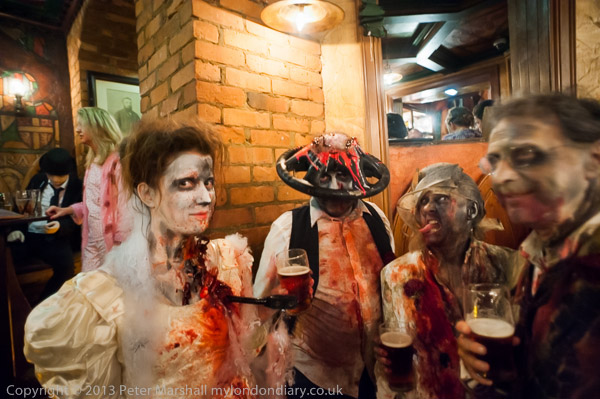
The pub doesn’t have suitable ceilings for bounce flash, and the lighting varies from dim to non-existent. I did manage a few pictures without flash at ISO 3200, but it was only really viable in a small area lit by a large TV screen, where a few were watching football.
It was so dark that neither the D800E or the D700 would focus reliably without the focus assist light, and for some reason that wasn’t working on either camera. It’s a mystery that is dealt with on page 286 of the D800 manual, which surprisingly I wasn’t carrying at the time and would not have been able to read in the dark could I have found it. Helpfully it is listed in the index not under ‘F’, ‘A’ or ‘L’ but ‘B’.
To get it to work you need to select autofocus mode AF-S, AND either choose the area mode ‘Auto Area AF’ OR select the centre focus point.
Though it isn’t quite as simple as this. You also need to read and digest page 377, which I think tells you it doesn’t work for focal lengths less than 24mm, and at various close distances depending on the lens. When using an ‘optional flash unit’ such as the SB800 I had in the hot shoe, you need also to look at the diagrams and text on page 385, which I’m not sure I entirely understand.
The manual does helpfully tells you that when focus assist is off, ‘The camera may not be able to focus using autofocus when lighting is poor’. Too true, but I didn’t need the manual to tell me that.
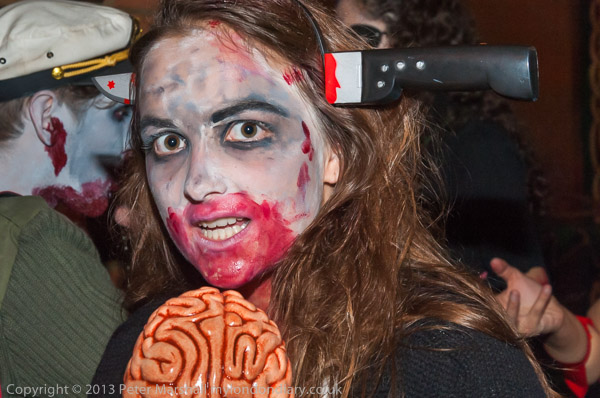
I’ve previously ranted about the inscrutable nature of setting the various focus modes of the D800E and won’t repeat that. Working as I had to much of the time on manual focus in near darkness isn’t ideal, though with the flash and working at close distances I could use a small aperture to give me the depth of field I needed – most of the interior pictures were at around f10. I didn’t want to add motion blur, so the shutter speed was 1/60 or 1/80. There was enough light bouncing around together with the ambient to avoid black backgrounds.
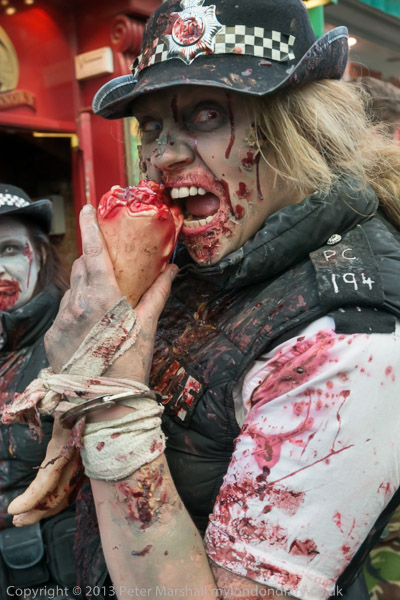
Of course outside every pub now you’ll find a small group of smokers, banished from the interior while they soothe their addiction, and zombies are no exception. Here there was a little more light, though it wasn’t a bright day, and I could work happily at ISO 1600. The zombie police arrived too.
By the time the crowd of zombies staggered up the steps and on to the street to make their unsteady way to the next pub on the circuit it was time for me to leave to photograph elsewhere. But I’d already taken my pictures.
